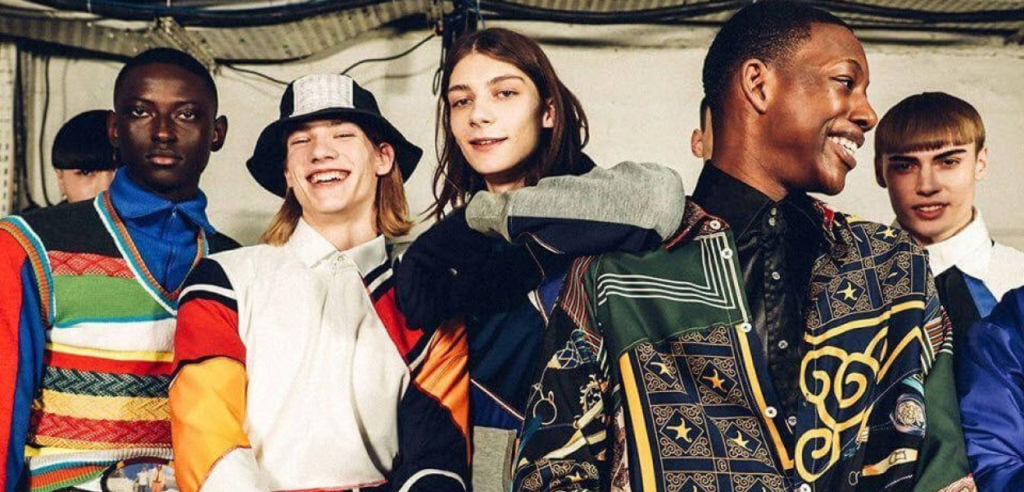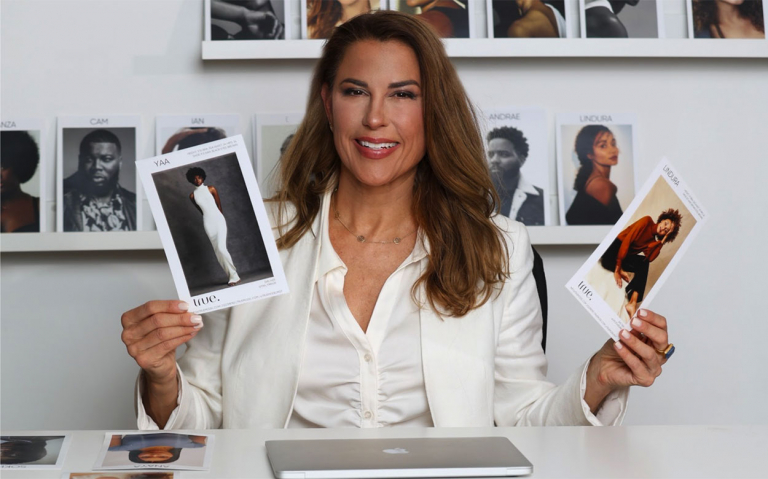The fashion world is obsessed with the term sustainability. But do you know what it brings in broad terms and the main brands to invest in the idea in 2023?? Find out in this article!
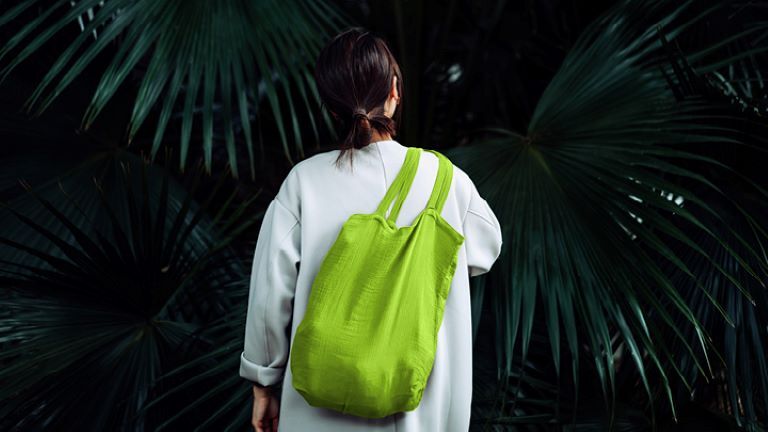
Sustainable Fashion
What is sustainability in fashion and why is the fashion industry obsessed over it? In case you haven’t heard, even Chipotle is coming out with sustainable activewear including sports bras, leggings and bike shorts.
Sustainability is not only a buzzword favored by the fashion industry, but also an intractable challenge faced by many designers and entrepreneurs. It means to reduce emissions, keep clothing in a loop of recycling and tackle human rights abuses in the supply chain.
The fashion industry is exerting virtual efforts on promoting sustainability, but it is not enough yet.
Since 2000, the number of garments produced annually has doubled in 2014, exceeding 100 billion; an estimated 92 million tons of textile waste is created from the fashion industry. The environmental implications of unsustainable development in the industry are estimated to create 77% more CO2 emissions, 20% more water use and 7% more land use by 2025.
However, knowing about the repercussions is not enough. What can entrepreneurs and designers do about that?
Here are some tips to combat unsustainable development:
- Brands are encouraged to establish standards and procedures for designing garments that can be safely and efficiently recycled. The Sustainable Apparel Coalition offers a tool that overviews the recycling cycle of each textile and material. They may also investigate new textile manufacturing process that may lower the environmental costs.
- Paying attention to the labor and environmental standards in the supply chain is also a way to support sustainable fashion. It is also encouraged to make the supply chain more transparent and accessible to consumers so that environmental awareness can be raised among customers as well.
- Holding suppliers accountable and establishing environmental procedures and standards for the supply chain can also benefit building a sustainable business. Brands may provide suppliers with technology and resources to help them with energy saving in the supply network.
- Embrace new technologies that can help with reducing carbon footprints, analyzing and predicting trends and maximize recycling efficiency. Cut-edge technology such as artificial intelligence robots (don’t worry, it is more accessible than you think) also provides a way to contribute to efficient recycling.
As consumers, we are also active participants in influencing the industry’s commitment to sustainability. When we make a choice to support unethical and unsustainable fashion, we become conscious accomplices in fostering an unhealthy cycle of fashion and in allowing the creation of irreparable environmental damage.
How can we contribute to the sustainability in fashion?
- Proactively choosing brands and designers that use recyclable materials and are transparent about their supply chain and manufacturing process. Websites such as Sustain Your Style provides a searching tool for sustainable business, categorized by region. The website Good on You is also a powerful tool to check brands’ eco ratings.
- Learn about sustainability in fashion from people in the fashion industry by viewing online forums, articles and webinars. FASHINNOVATION’s Worldwide Talks Series featuring Steve Madden, Donna Karen and many other talented speakers is a great place to start.
- Buy from brands that upcycle. Upcycling is a process of creative reuse of materials that transforms waste and byproduct of manufacturing into new products. Recently, the Romanian-born, London-based designer Ancuta Sarca’s upcycle designs using discarded Nike shoes and high-waste material such as mesh received buzzing attention. Her work emphasizes circular design and forgoing mass production for one-of-a-kind products.
- Green. Eco. Sustainable. These words somehow transpire still the image of clothes in black and made of linen. This is not necessarily the case, for in this article we compiled some sustainable and colorful brands you can learn and buy from, and collaborate with:
VEJA
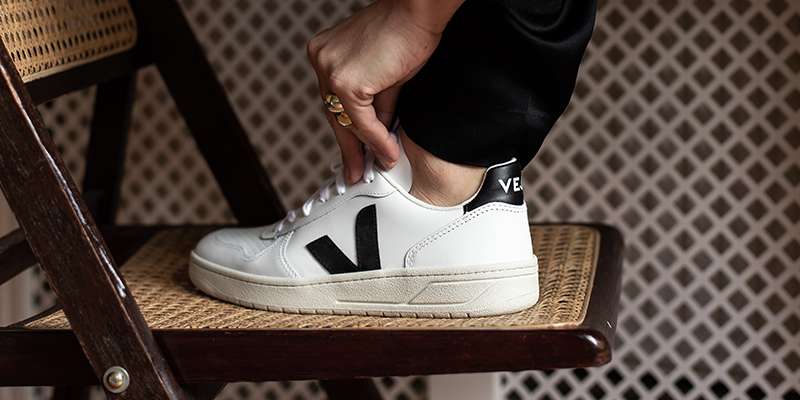
VEJA is a French footwear and accessories brand that uses large portions of eco-friendly materials such as organic cotton. Its website offers an overview of its manufacturing process, location of suppliers and producers, and choice of materials, including even a contract with organic cotton producers, a chemical transparency report and suppliers code of conduct, all evaluated by B Corp. If you are interested, register for FASHINNOVATION’s 4th Worldwide Talks where VEJA’s co-founder, François-Ghislain Morillion, will share his insight on sustainability.
Ahluwalia Studio
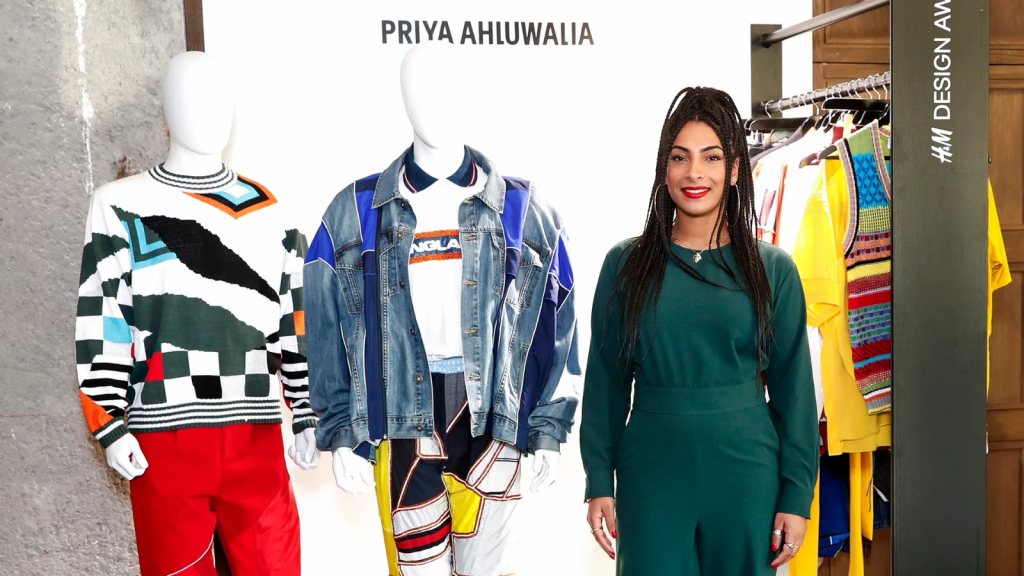
The designer and founder for Ahluwalia Studio, Priya Ahluwalia, is on the forefront of the upcycling revolution. She crafts garments from materials sourced out of less developed regions such as Panipat in India, the largest recycling capital of the world.
Bite Studios

This savvy Swedish-British brand is founded by William Lundgren and headed by Elliot Atkinson and Suzanne Liv, and their name says it all: it is an acronym for “By Independent Thinkers for Environmental progress.” They approach their brand philosophy with organic materials, animal-friendly fibers, recycled PET bottles textiles and an ethical code to work only with producers and suppliers that guarantee respectful treatments of their artisans. Their website also includes a guide on the materials they use.
Sustainability is not an ideal or a trending buzzword that only serves to attract customers. It requires conscious effort from the fashion industry as a whole to stand together against environmental waste and disruptions.
Pioneers in the industry are pushing for greater transparency, changing traditional methods to efficient recycling or upcycling, and accounting for ethical standards in the supply chain, while consumers are also taking initiatives to upgrade to a more sustainable wardrobe. In a global environment where climate change is the center of focus, the fashion industry is also shifting to embrace sustainable development.
Together, we will make a positive impact on the environmental crisis, and the time to act is now. If you liked this article and wants to discuss more about Sustainability in Fashion, follow us on Instagram.
Know more about the fashion world in FASHINNOVATION.
* By Donna Yang

